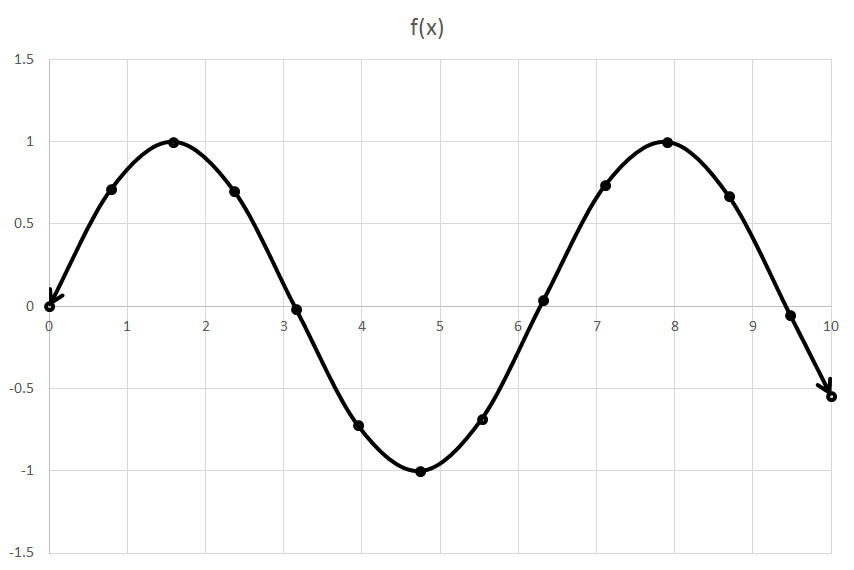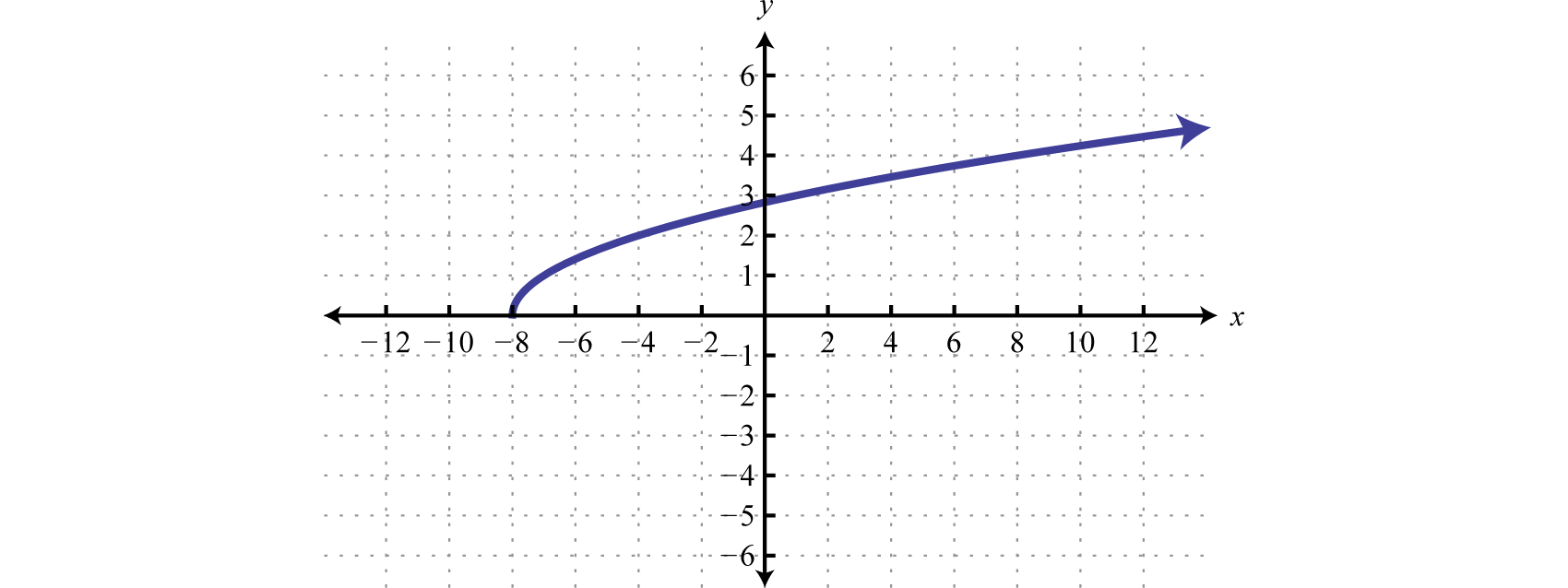A system: looking at two lines at the same time to see where they intercept.
Even though I wrote down that definition on Monday, I didn’t remember it until Friday.
This week, one question that stumped me was this one:
I first started with rearranging the equation to isolate a variable. For this one, I chose to isolate y in the second equation since it has no coefficient (“work smarter, not harder” says a Ms.Burton voice in my head).This is where my I made my mistake the first time because I forgot to make 3 a negative when I moved it.
From there, I substituted this equation into the second one wherever I saw y. This is what I got.
Then I expanded and collected all like variables. After that, I was able to do some algebra and find x.
Finally, I substituted my x value into an equation so I could find the value for y. When I got my answer, I plugged in the two values into both the equations to check my answer.
Ta-da! I probably could have saved a lot of time of my first attempt if I was more careful with my numbers.



















